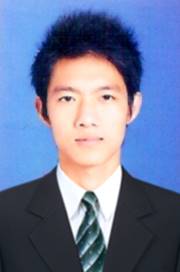Program Information
T2-Weighted MRI-Derived Textural Features Reflect Rectal Cancer Heterogeneity: Preliminary Results
P Hu, y sun , J Wang , R Luo , J Gan , W Hu , Z Zhang* , Fudan University Shanghai Cancer Center, Shanghai, shanghai
Presentations
WE-RAM3-GePD-I-6 (Wednesday, August 2, 2017) 10:30 AM - 11:00 AM Room: Imaging ePoster Lounge
Purpose: The aim of this study is to explore whether T2-weighted (T2WI) MRI-derived textural features can reflect the heterogeneity of rectal cancer.
Methods: 97 rectal cancer patients were enrolled in this study, each of whom underwent a MR scan. The rectal gross tumor volume (GTV) was distinguished and segmented by an experienced oncologist. Totally, 256 radiomics features were defined in our study by using QIAT (Quantitative Image Analysis Toolbox), an in-house developed radiomics feature extraction software, to calculate radiomics features for analysis. Spearman’s rank correlation test was analyzed between radiomics features and outcomes. All radiomics features were split into two groups to analyze the outcomes. The relationship was also examined by using ROC curves testing between these features and outcomes, and finally we established a nomogram predictive model.
Results: 80 radiomics features were correlation to pT stage (p < 0.05, t test). The cluster results showed patients can be split into two groups by Non-negative matrix factorization (NMF) based cluster. The chi-square test results for this cluster showed that there was only pT stage (p = 0.032, chi-square test) correlated to radiomics feature cluster results. For other outcomes, there were no statistical differences between these two groups. The AUC value of the ROC curve for the pT stage prediction model was 0.7136.
Conclusion: We developed a radiomics prediction model which can pT stage of rectal cancer from T2WI MR imaging. Such quantitative radiomics models of rectal cancer have the advantages of non-invasion; more comprehensive view of tumor and convenience in routine practice and may potentially be useful for precision medicine and affect patient treatment strategy.
Contact Email:
